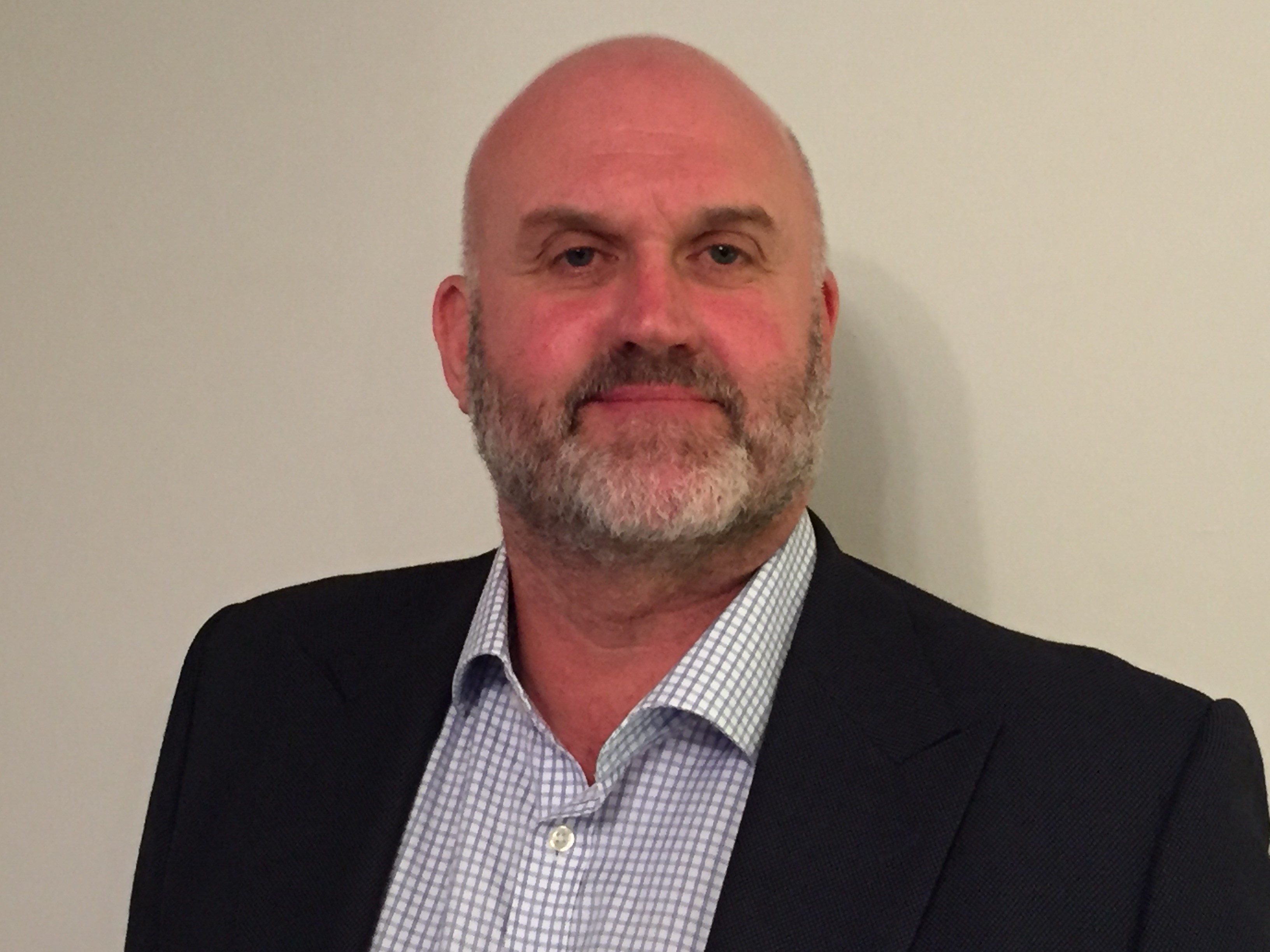
Nonprofits: your mission and operational modernization needn’t be mutually exclusive
Nonprofits are extremely resilient and their people are passionate about serving their communities.
And that means they've learned to work around challenges and still get things done – even when those challenges are as extreme as general economic crises and global pandemics.
But this resilience means that the “get it done no matter what” attitude leads many to cling to systems that only work because of persistent, time-consuming workarounds. This is nowhere truer than in the realm of the tech that keeps a nonprofit’s operations running. Leaving many struggling to make legacy systems that were never truly fit for purpose work in an environment where changing regulations, cost pressures, and the needs and expectations of people make them obsolete.
Legacy systems – especially ERP – are preventing your people doing their best work
That means your people's time and energy, your most valuable asset, is being spent on manual tasks and tedious administration that while essential, add little to your organization’s ability to make an impact. And doesn’t actively contribute to the fulfilment of your mission – or your people’s passion.
You can probably think of better ways to use their time that would be more engaging for them, and more impactful for the communities you serve. But it’s often difficult to see where major improvements can be made when you're working so hard to deal with how things are right now.
People working for nonprofits are often motivated by other factors than those in other industries. But frustrating work processes wear us all down, no matter what our mission is. And burnt-out people quit, even if their organization’s mission is completely aligned to theirs. In fact, in many cases, they’ll be more likely to quit if this is the case – nothing causes frustration more quickly than being hired to do a job that everyone wants you to do, but which you’re never given the tools and support to do correctly.
Think of your organization as a passenger on a plane
Remember air travel? We do – however dimly. If you’re lucky to remember air travel and unlucky enough to have experienced a cabin pressure failure, you know what happens when things aren’t going so well.
The oxygen masks descend from the panel above and you desperately want to help your fellow passengers don their masks. But as you’re reminded before each flight, you should always adjust your own mask before helping others. After all, if you can’t breathe, you won’t be much help to them anyway.
Modernizing your enterprise technology, which forms the basis for your organization's entire operations, is a similar concept. If your organization isn't operating at peak performance, your ability to help others is hindered. This has been magnified by COVID - now is the time to rationalize your operations.
Since your current finance and HR system(s) were last implemented (many ERP systems in nonprofits today were implemented between 10 and 15 years ago [1], with the average lifespan being 7-10 years [2]), the solutions on the market have come a long way.
Your people expect ERP technology to work as well as consumer software
Think about how much your personal technology has changed in the last decade or so. Back in the late 2000s, you may still have been ordering DVDs from Netflix or just getting your first smartphone. You wouldn’t be likely to go back to DVDs if given the chance.
But we still put up with 10 year old ERP systems – partly because many of us simply aren’t aware of what’s out there to replace the brittle, fragmented, and arcane systems we’ve all worked so hard to accommodate, and partly because we’ve always expected different things from technology in our work and personal domains.
However, this is changing – especially following the events of 2020. Our constant exposure to slick end-to-end user experiences in the world of consumer tech means that people increasingly won’t put up with anything other than “it just works” – even at work.
Your nonprofit deserves an ERP that works for you
We think the future of your organization relies on a digital platform that works for you. That integrates and connects all the important data that informs your work - including financial and HR data, but also allowing you to connect all the other important data and apps you use, including:
- Grants information to help you more accurately track spend against restrictions.
- Program performance to help you see what programs get the best results compared to the resources going into them.
- Strategic planning and scenario modelling to make sure you have a plan for a variety of possible futures…
… and even so-called shadow apps that your field teams use that collects valuable data like disease outbreaks or constituent survey feedback or staff collaboration stats, but which never get connected to the rest of the organization. Imagine you could directly connect your field teams’ ability to predict an outbreak to your organization’s financial planning so you could be proactively prepared to resource an increased mobilization.
This kind of platform can allow you to see a more holistic view of your organization and the opportunities in the data for more confident planning. Plus, empower remote work by connecting your people with the tools they need to effectively deliver services anywhere and give you a more flexible base for future transformation, scaling, and strategic pivots.

Learn more about how Unit4 can help
It's tough to know where to start with a project as major as operational modernization. Contact us to discuss and build a tailored business value review to benchmark where you are now, explore where you could be, and define your organization’s path towards the leading edge.





